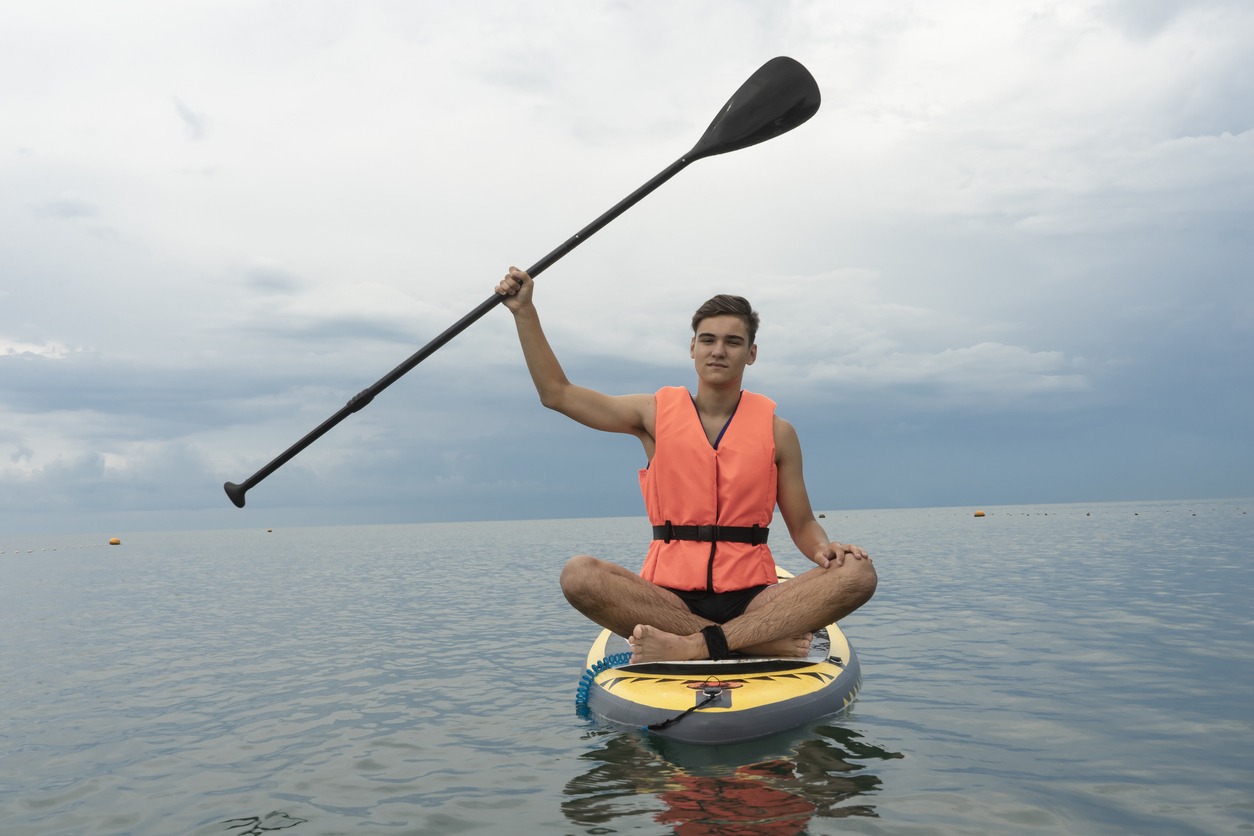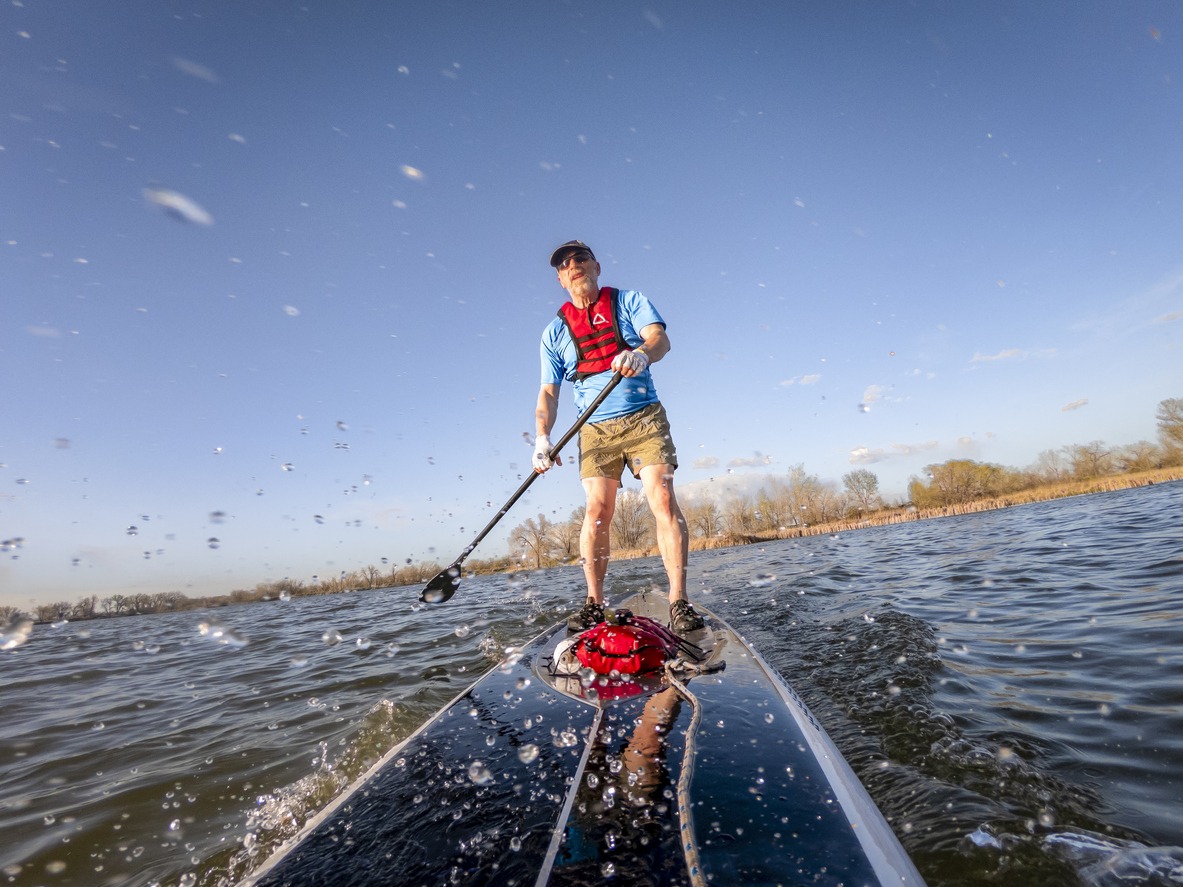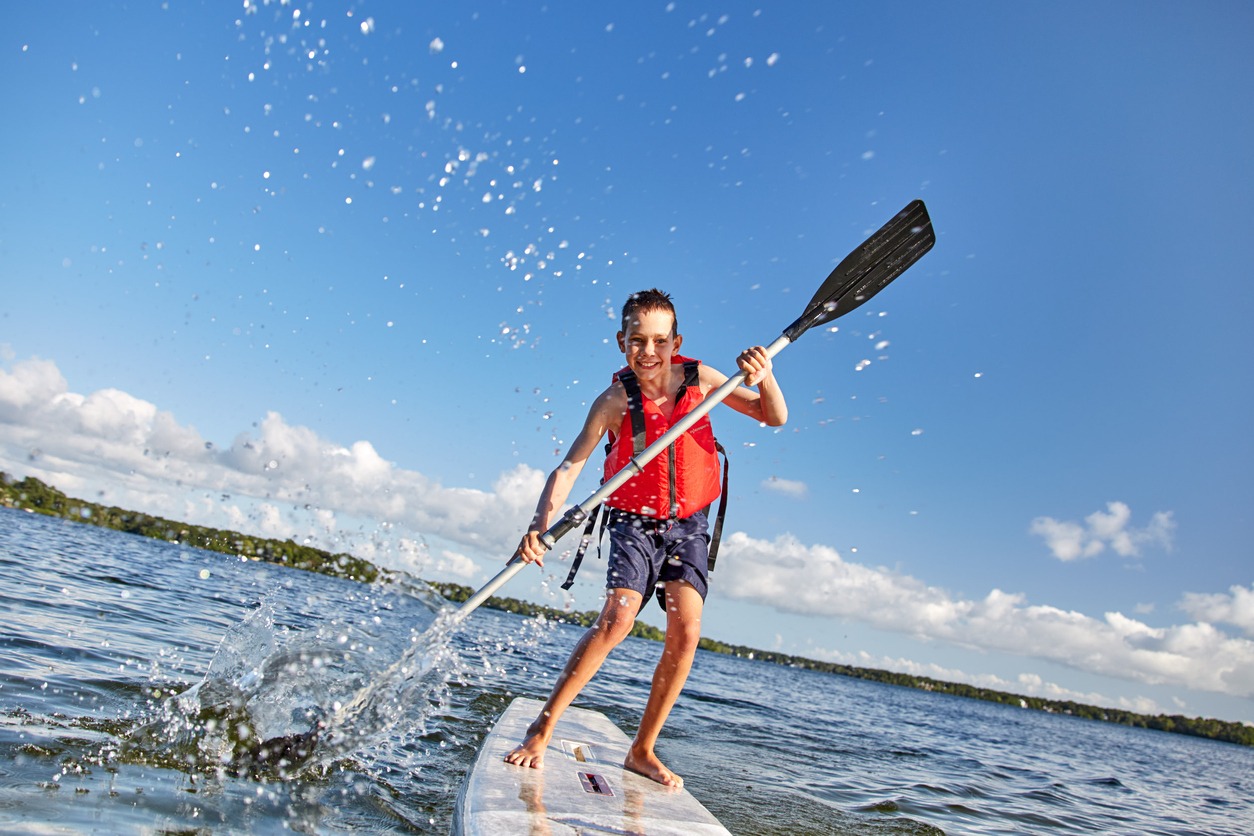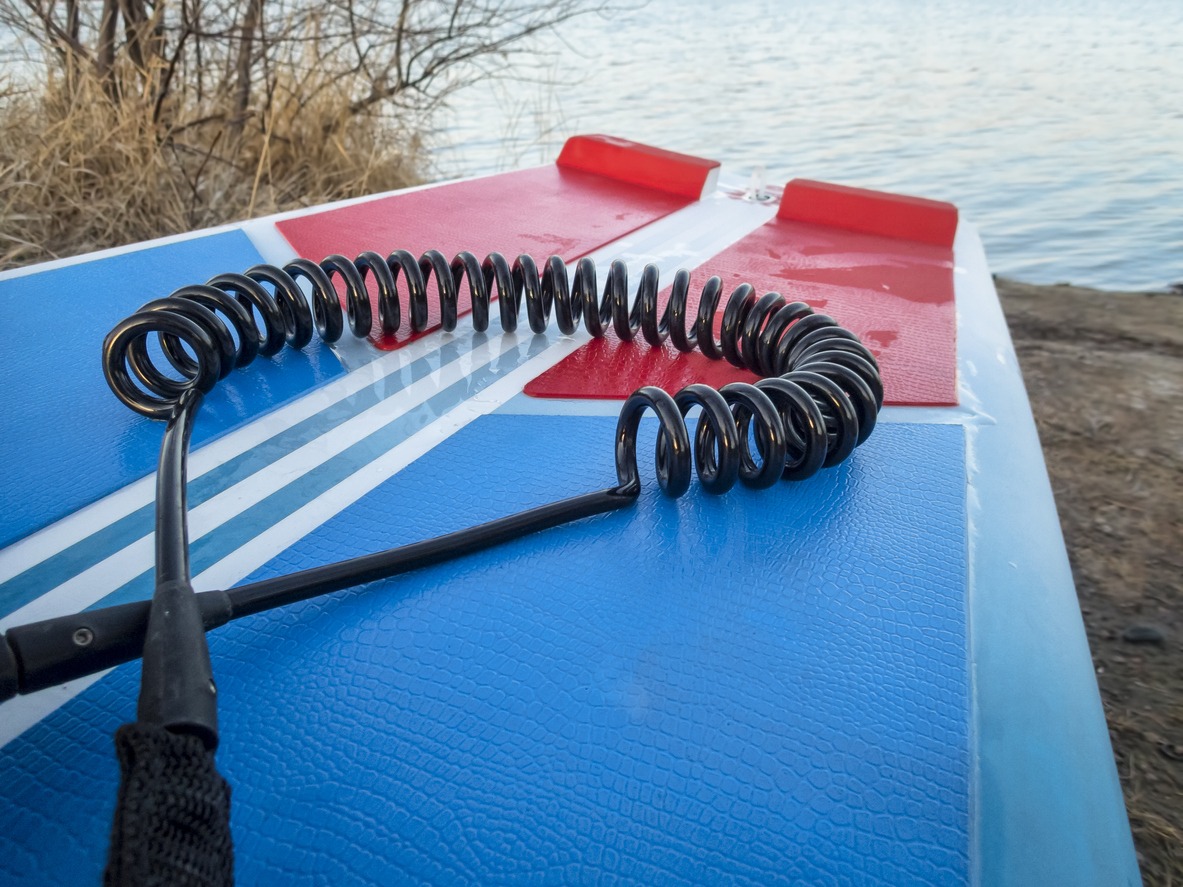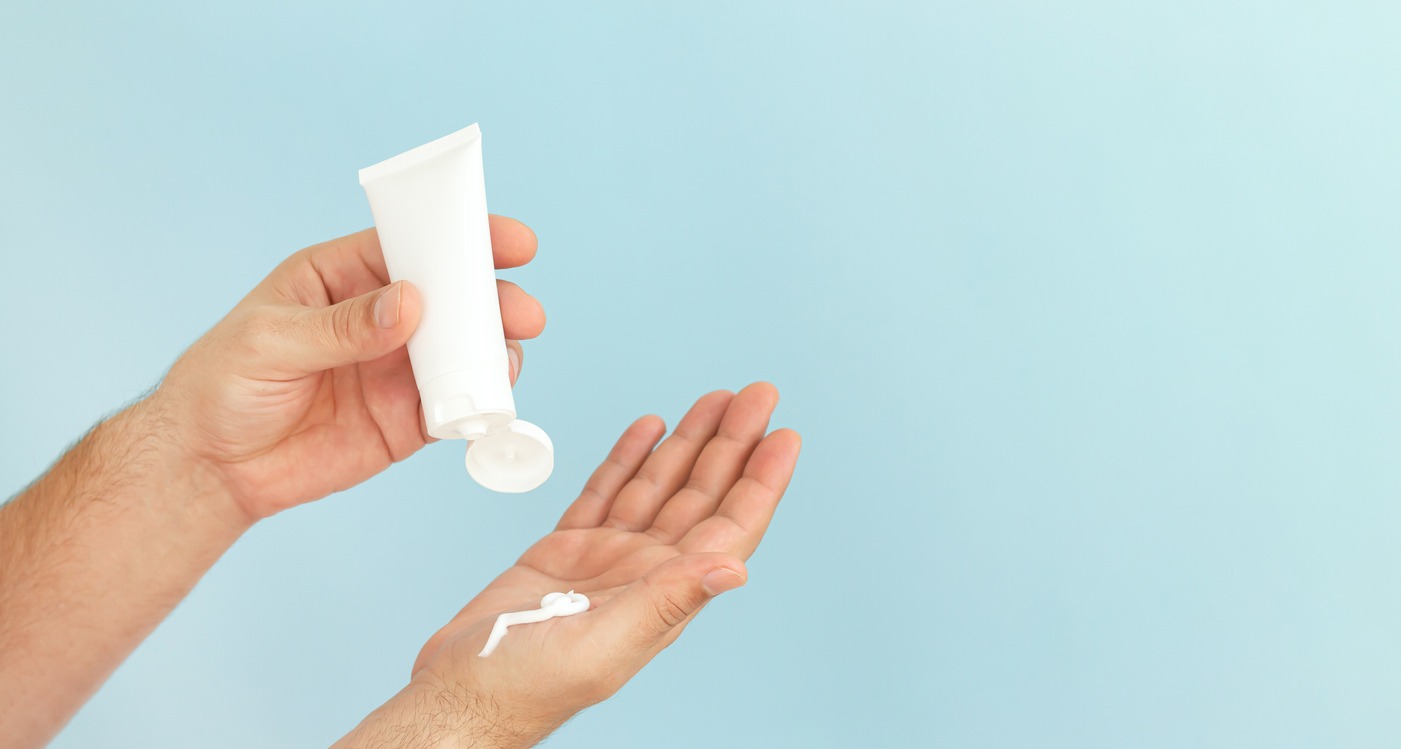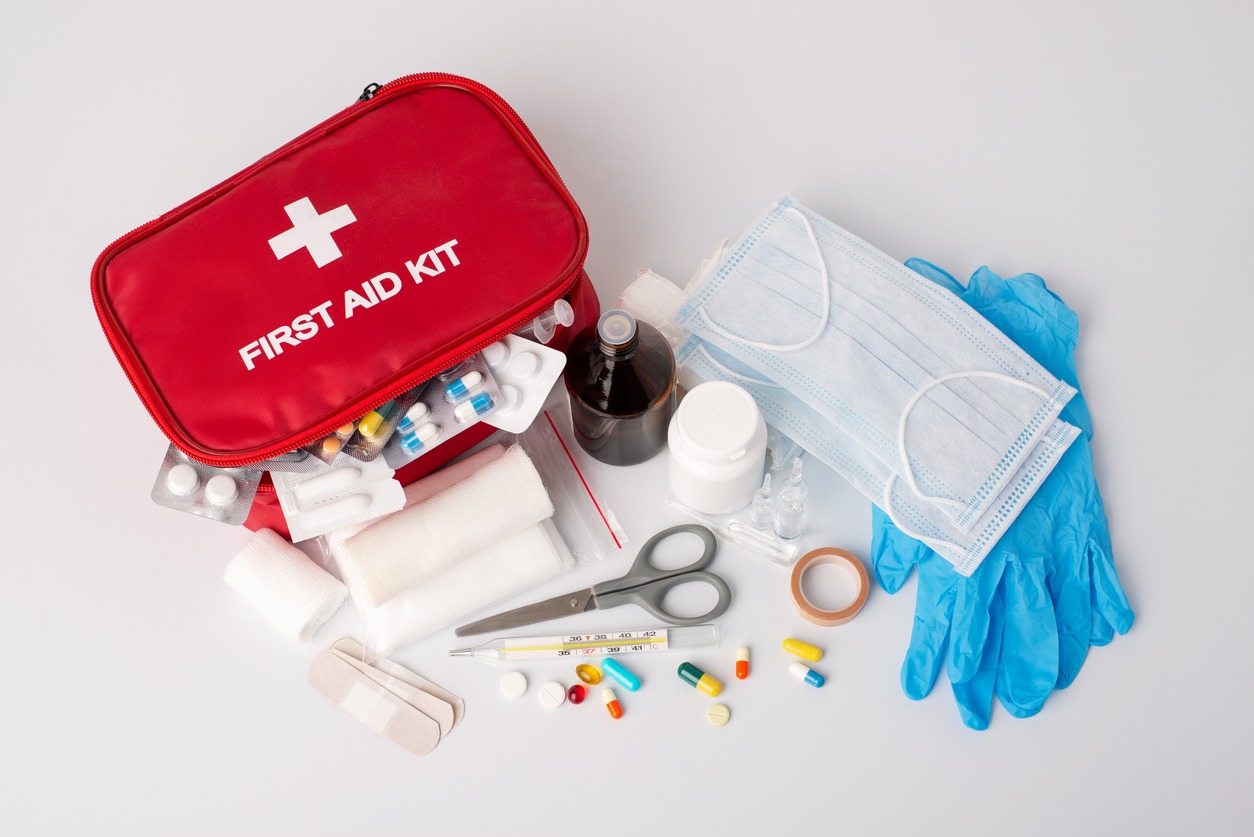Stand-up paddle boarding (SUP) has gained a significant popularity over the past few years as its craze has been increasing among daredevil athletes. Now, it’s not limited to the coastline anymore. The sport has expanded its horizons to include rivers, lakes, and even snow.
The scorching sun and a mild breeze can induce a sporty desire and push us to experience a rip-roaring adventure of SUP boarding. They muster up the courage and tighten their belts to make their vacations or holiday moments memorable through the exciting sport of SUP boarding.
Besides enjoying the thrilling water activity, it is also essential to have the necessary gear to ensure safety. Proper paddle boarding accessories enhance the comfort level, safety, and the joy of riding the waves.
Stand-Up Paddle Boarding Gear
Many accessories can enhance your stand-up paddle boarding (SUP) experience, whether you’re a beginner or an experienced paddler. Then there are essential accessories you need to consider that include:
The Paddle
The paddle is the most crucial accessory for paddle boarding and a must-have accessories on your SUP gear list. Look for a paddle that is comfortable to hold and easy to use. A lightweight, excellent-quality paddle makes the adventurous sport more convenient for you and takes your SUP experience to the next level.
Types of Paddles
There are three common types of SUP paddles.
1. Fixed length Paddles
As the name itself explains that the fixed-length paddles lack the adjustment mechanism. However, they are more lightweight and stiff than adjustable paddles. You can also cut their long handles or shaft to get the required length according to your own requirements.
2. Piece Adjustable Paddles
2-piece adjustable paddles feature a removable handle with a fixed shaft and a blade. The removable handle provides room for adjustment. They are lighter than the 3-piece adjustable paddles and are more efficient when surfing on water.
3. Piece Adjustable Paddles
3-piece adjustable paddles come in three adjustable and removable pieces. You can adjust their handle and shaft sizes according to your needs. Moreover, they are easy to transport as their three detachable parts allow you to fit them in a small bag.
Paddleboard Leash
A paddleboard leash is a safety device that attaches to a specific body part (ankles, waist, or calf) and the paddleboard. It helps to keep you connected to your board in case you fall off or lose balance. Look for a leash that is durable and comfortable to wear because you don’t want something that would start hurting or break in the middle of an adventure.
Types of Paddle Board Leashes
Paddle Board leashes are categorized into three types according to the part of your body it attaches to for safety.
1. Waist Attachment Leash
A waist attachment leash provides you with an instant-release mechanism in case of an emergency. Its quick-release mechanism helps you escape the leash and board if you encounter any obstacles while paddling.
2. Ankle Attachment Leash
An ankle attachment leash keeps you connected to your board all the time. It is one of the mandatory SUP gears for beginners. It reduces the drowning risks and can protect paddlers from some serious troubles.
3. Calf Attachment Leash
Like an ankle attachment leash, a calf attachment leash has a coil-shaped hook that attaches to the calf of a paddler. It benefits the paddlers in walking the board after riding the fierce water waves. It also prevents tangling by keeping the leash away from their feet.
Dry Bag
A dry bag is a waterproof bag that you can use to store your belongings while on the water. Getting a dry bag to keep your phone, keys, and other valuables safe from water damage is a great idea.
They come in different capacities, like 10L, 15L, and 20L dry bags. You can choose any capacity of bag according to your own requirements and possessions.
Sunscreen
Protecting your skin from the sun is important, especially when performing an activity under the radiant sun. Look for a high SPF-rating waterproof sunscreen to protect your skin from harmful sun rays. Purchase a broad-spectrum, water-resistant sunscreen to apply during SUP paddling. Use sunscreen with an SPF of 30 or higher for a day-long paddling under the sun’s scorching heat, preferably sunscreen containing healthy non-sensitive ingredients.
Personal Flotation Device (PFD)
A PFD is a safety device worn around the chest that helps keep you afloat if you fall into the water. It may be in the form of a vest or a suit. In some countries, there are strict laws requiring every native or tourist paddler to wear a PFD during paddling. A PFD is your best companion during SUP paddling as it ensures safety and acts as a helping hand in case you slip away from the board while surfing.
First Aid Kit
It is always a good idea to have a first aid kit on hand, especially when participating in an outdoor activity. A first aid kit can help to treat minor injuries and provide basic medical assistance while you are waiting for professional help. Some important things to include in your first aid kit include:
- Bandages and gauze
- Scissors and tweezers
- Antiseptic towels
- An emergency blanket
- Sting relief medicines
- Aspiring or alternate pain relief tablets
- A flashlight and a whistle
Repair Kit
A repair kit is required in case your paddleboard sustains any damage while on the water. You can repair your board yourself using a repair kit. Things to include in a repair kit include:
- Extra PVC patches
- A metallic wrench
- A super-quality glue box
Carrying Bag
A carrying bag is a helpful accessory for transporting your paddleboard to and from the water. Besides assisting you in transporting your SUP boards, a reliable SUP bag also increases the life span of your paddle board. Look for a durable bag that can hold the paddle board and some other load without falling apart.
Paddleboard Stand
Another useful SUP gear for beginners to include in their list is the paddle board stand. It is a useful accessory for storing your paddle board when it is not in use and helps you keep your board off the ground and prevent damage.
Paddleboard Light
A paddleboard light is a valuable accessory if you plan on paddling in low-light conditions or at night. It can help improve visibility and make you more visible to others around you.
FAQs
1. Can a non-swimmer do SUP?
Yes, a non-swimmer or an amateur swimmer can paddle board by following the basic safety tips. But he should practice paddle boarding in shallow water under the supervision of a trainer.
2. Is SUP more difficult than Kayaking?
Stand-Up Paddle Boarding is considered to be a more challenging and tiring sport than Kayaking. It requires you to stand for a long time and push the board with your waist and backbone, stiff in one position.
3. Does SUP aid in weight loss?
SUP is an intense workout that can help you burn more calories than regular physical exercises. It is a whole-body workout that enables you to shed some weight in a short span of time. This makes SUP boarding an effective way of reducing some extra pounds of body fat.
The Wrap Up
It’s important to consider the conditions and location of your paddle boarding trip. If you’re paddling in calm waters with no waves, you may not need a paddle leash or personal flotation device. On the other hand, you should take these SUP paddling essentials seriously when paddling in open waters or a fast-moving river.
It’s also a good idea to consider the type of paddle boarding you’ll be doing. If you’re just going for a leisurely paddle, you may not need as many accessories as you would if you were planning to do more strenuous activities, such as paddling long distances or surfing waves. Ultimately, the key is to be prepared for the conditions you’ll be facing and to bring the essentials to ensure a safe and enjoyable paddle-boarding experience.
